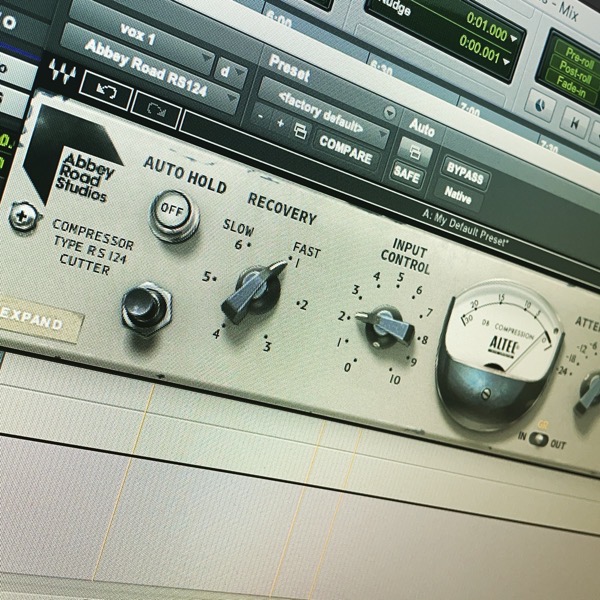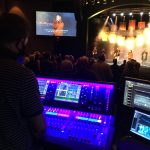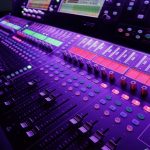
What I’m Compressing in 2021

One of the most popular questions I received at some recent training workshops was, “What do you normally compress?” This question often came after attendees noticed I was being selective in my use of compression and not compressing everything in sight. So here’s what I told everyone.
In general, I try to compress as little as I need to. Those needs change depending on whether I’m working at FOH or in a studio environment. I probably use more in the studio than I do live, but that’s not a rule. I think a lot of people would be surprised if they saw a project I’m working on right now and how little processing is actually happening; I have tracks where there isn’t even any EQ’ing going on.
I don’t have rules on exactly what I compress, either. I go by ear and feel because it really depends on the piece of music and the context of the performance and what I’m looking to achieve by using a compressor.
For example, a string quartet playing on its own has different needs than a string quartet playing with a band full of electric guitars. Electric guitars, by nature, are often naturally compressed because anything distorted or overdriven is already compressed. Distortion is essentially a form of compression. This naturally tends to level out and even pin those guitars at a particular perceived loudness. When we have an instrument like that holding pretty steady and throw something naturally dynamic against it like a vocal, our dynamic vocal will have a hard time sitting with the guitar.
That said, there are a couple trends I’ve noticed in modern music and modern worship music I’m mixing.
First Trend: Acoustic instruments are prime contenders for compression. Vocals, acoustic guitars, pianos, drums, etc. often get some amount of compressing by me.
Second Trend: Anything “acoustic” plugged into a DI is another prime contender. Once again, acoustic guitars are on this list, but I would also add things like bass guitars, strings, etc.
Bass guitar is a good example for this because once upon a time we were mostly listening to bass guitar through an amp. Those big speaker stacks and tube amps on stage back in the day naturally compressed the bass guitar. Now that we mostly use DI’s for bass guitars–well, at least, that’s mostly all I see–we’re not hearing that instrument the way we expect or even the way the performer expects. Plugging that bass into a DI–and even a DI that maybe isn’t the greatest–is almost too accurate for its own good. Compression finishes off the performance to get it closer to what is intended, in my opinion.
But, again, I’ll just reiterate these aren’t rules. The bass, for example, might be plugged into a bunch of pedals that are basically doing what I would do with a compressor before it gets to me so I may not add one. The drums might be fine on their own without a compressor, and, yes, this does happen. On the other hand, sometimes things I wouldn’t normally compress like electric guitars actually need them. I listen first, and then compress as I see fit.
Is using compression a struggle for you? I actually have several videos up on YouTube about compression. Here’s a playlist of all of them to check out.
Compression is also a popular topic when training on-site and coaching remotely. If you’d like to get some one-on-one help, drop me a message on my Contact page to get in touch with me.

 Previous Post
Previous Post Next Post
Next Post


